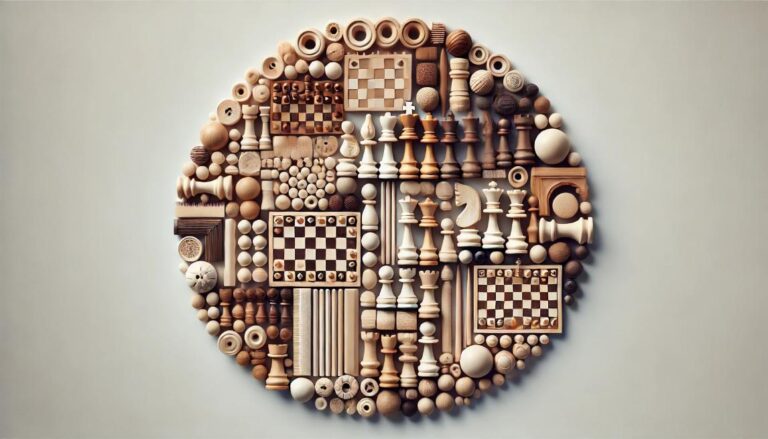Understanding the Basics
To excel at any game, it is crucial to have a strong understanding of the basic rules and mechanics. Chess is no exception. Before delving into advanced strategies and techniques, it is important to first understand the fundamentals of the game.
Each piece is unique in its movements and abilities. The king can move one square in any direction, while the queen can move any number of spaces in a straight line â horizontally, vertically, or diagonally. The rook can also move any number of spaces but only in a straight line. The bishop can only move diagonally but can also move any number of spaces. The knight has a unique “L” shaped movement, being able to move two squares horizontally and one square vertically or vice versa. Lastly, the pawns can only move one square forward (except for their first move where they can move two squares), but they capture opponents´ pieces diagonally.
Mastering the Openings
A common saying among chess players is, “He who controls the center controls the game.” The center is the four squares in the middle of the board â e4, d4, e5, and d5. Therefore, it is essential to control the center and develop pieces towards it in the opening stages of the game.
In the opening, it is also essential to protect your king by castling. Castling is when the king moves two squares towards the rook and the rook moves to the square over which the king crossed. This maneuver helps in bringing the king to safety behind a line of pawns and also activates the rook, making it ready for attacking or defending.
Understanding the Importance of the Middle Game
The middle game is where most of the action happens in a game of chess. It is the stage where players try to gain material advantage by capturing opponent´s pieces and formulating plans to break through their opponent´s defense. It is essential to have a strong intuition and awareness during this stage of the game.
Another critical aspect is piece placement and coordination. Pieces work best when they support each other and act in unison. It is crucial to constantly analyze the board and your opponent´s moves to find ways to improve your piece coordination and placement.
Mastering the Endgame
The endgame is often the hardest part of the game to master. It is the stage where the board is mostly clear of pieces, and players must strategize with fewer resources. The ultimate goal in the endgame is to convert material advantage into a win â whether it be through promoting a pawn to a queen, creating a mating attack, or forcing a stalemate.
To become proficient in the endgame, it is essential to study and practice various endgame scenarios. This will help in developing a better understanding of piece value and techniques, ultimately leading to better decision-making abilities in the endgame.
Continuous Practice and Analysis
As with any skill, practice makes perfect. The more one plays chess, the better they will become at it. Participating in local tournaments, playing online, or practicing with friends and family can all aid in improving one´s skills. Continuous practice also helps in developing a better understanding of one´s playing style, which can be used to formulate effective strategies in a game.
In addition to individual practice, it is also helpful to find a mentor or join a chess club. These resources can offer guidance, tips, and valuable feedback to improve playing abilities.

